An ongoing topic for the Fraunhofer ISC is research and development for more sustainable products and processes. Sustainability plays an important role in all areas of research at the ISC. From the conservation of resources through multifunctional materials to the use of renewable raw materials, the switch to aqueous processes and non-critical starting materials, decarbonization, resource- and energy-efficient processes or intelligent recovery and reuse of functional materials.
Digitalization and machine learning are key to raw material and energy-efficient material development of the future - the Fraunhofer ISC makes important contributions to more sustainable production.
Project examples on the subject of sustainability
Examples from current research
"INN-PRESSME"
"INN-PRESSME" – an EU project promoting open innovation with bio-based solutions
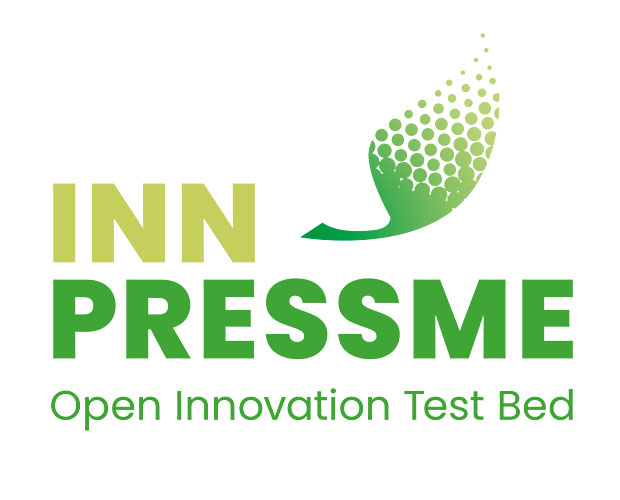
The EU project INN-PRESSME is breaking new ground to pave the way towards a more sustainable future for European companies. The Fraunhofer Institute for Silicate Research ISC is part of the EU-wide consortium and is supporting the project by developing biodegradable and environmentally compatible coating solutions.
The transition to a sustainable and green economy is a critical component of the "European Green Deal". One project at the forefront of this ambitious effort is INN-PRESSME, a joint project bringing together 27 partners from across nine European countries. The project aims to develop solutions to replace fossil-based plastics with bio-based materials throughout production chains in various different industrial sectors. Of these sectors, the project is focusing particularly on packaging, consumer goods, and energy and transport.
Access to innovation platforms
The driving force behind INN-PRESSME is the Open Innovation Test Bed (OITB). This innovation platform is a one-stop shop granting companies access to shared pilot facilities operated by ten European partners. In addition, it also provides the services needed to develop, test, and upscale bio-based materials in industrial settings. The overarching purpose is to promote recyclable and biodegradable product solutions, from validation in the laboratory right through to prototype development.
Use cases illustrate how well the materials perform
The project is centered around a total of nine real-life use cases from the three industrial sectors mentioned above – packaging, consumer goods, and energy and transport.
These are intended to demonstrate the performance of the innovative materials, which are set to be made available at the end of the project with TRL 7*. Fraunhofer ISC is involved with six of these use cases covering all three sectors and brings its expertise on the subject of coating with and from bio-based materials. The use cases the Fraunhofer team is working on range from a paper-based cosmetic tube to interior components for the automotive sector and sustainable Styrofoam substitutes for sports equipment. The specific developments in these areas are very broad and also of interest for many other areas of application.
INN-PRESSME is an ambitious endeavor to drive forward the transformation towards a more resource-efficient economy through the principle of open innovation. The project has been running since January 1, 2021, and will continue until January 31, 2025, with the clear goal of bringing solutions to market and preparing European companies for a sustainable future.
*TRL = Technology Readiness Level – a measure of the technological maturity of a development.
The three main application areas
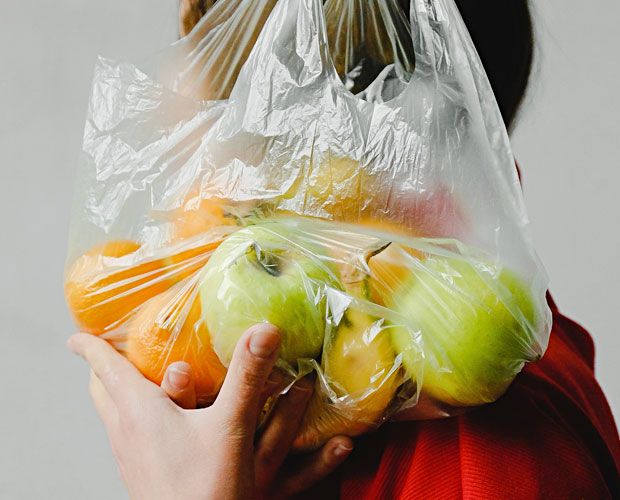


Further information
"NewHyPe"
"NewHype" – eliminating microplastics on farmland

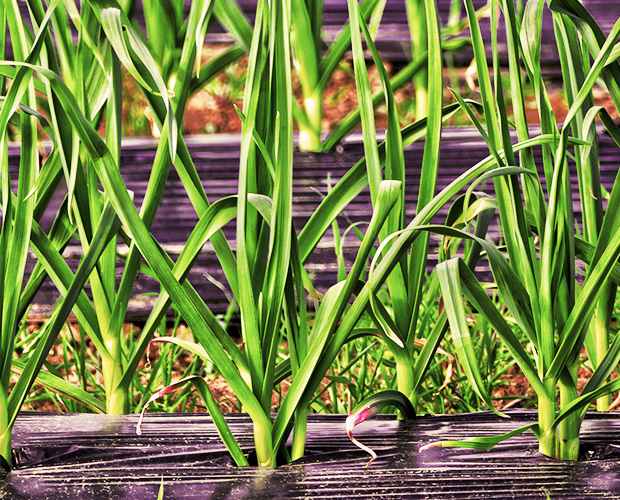
Farmers and gardeners often use mulch films to increase crop yields and regulate soil moisture. The problem with this is that the petroleum-based material used for mulch films is not biodegradable. As a result, at the end of a season, a lot of effort needs to be put in to collect the film residues as leaving them would cause pollution to the soil. Within the scope of the NewHype project, Fraunhofer researchers are working with European partners to develop sustainable, biodegradable mulch papers with a protective hybrid coating.
The residues of films made from petroleum-based polymers – especially polyethylene – remain in the soil for several decades. Since they are not biodegradable, they accumulate there and pollute the land. Although they are collected at the end of the season, this requires a lot of work and is not usually entirely successful. When the film residues decompose into microplastics, they may eventually enter the food chain. In response to this and within the framework of the NewHype project, a team of researchers at the Fraunhofer Institute for Silicate Research ISC in Würzburg, together with research and industry partners from Germany, Finland, and Norway, has developed biodegradable, sustainable alternatives.
When it comes to finding an environmentally friendly substitute for the large films, there is an important condition that must be fulfilled – any replacement must be both cost-effective and easy to mass produce.
Biodegradable paper as an alternative to plastic films
For the development of sustainable films, the project partners opted for cellulose-based paper. This has the advantage of being able to decompose quickly without leaving residues. However, this also means it decomposes too quickly to be used directly. Accordingly, a protective functional coating made of ORMOCER®s was designed to stabilize the paper and slow down the decomposition process so that the films are able to withstand rain for longer than just a few downpours and can be more easily spread or applied by vehicle. The ORMOCER® class of materials was developed at Fraunhofer ISC more than 30 years ago and offers chemical and mechanical stability due to the hybrid inorganic-organic character of the materials. The mulch paper has been designed to remain stable for the length of a three to six-month growing season, after which it decomposes completely. Initial tests have proved that coating the paper massively increases its wet tenacity, making it more stable than its uncoated counterpart.
A composting test also showed that the coated material degrades more slowly, but, crucially, does still decompose.
Novel hybrid mulch paper
In addition to this stabilizing functional coating, the project partners are also working on a completely new hybrid mulch paper made from functionalized nanocellulose with ORMOCER® bonding. What makes this paper special is the fact that it will not require any additional coating and – thanks to its biodegradability – could be simply plowed into the soil after use, just like the coated mulch paper.
Fraunhofer ISC is responsible for the coordination, administration, and management of the entire NewHype joint project. Thanks to its many years of experience and expertise in the field of coating development, the institute is also responsible for the development, modification, and characterization of the hybrid coating materials – the ORMOCER® class of materials – and for combining these with the cellulose-based base materials.
Further information
"CircEl-Paper"
"CircEl-Paper" – recyclable paper-based electronics
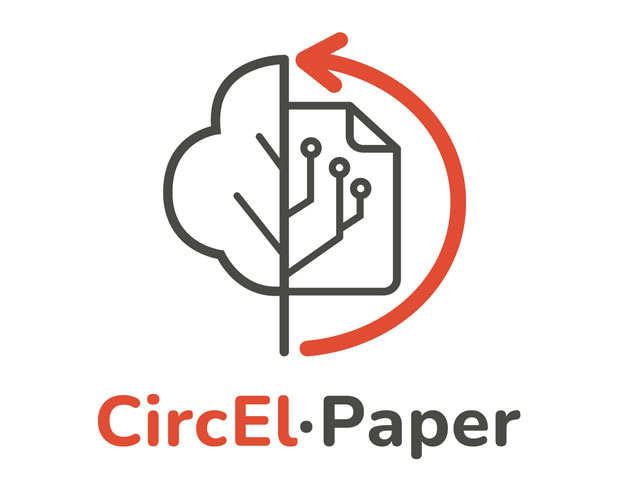
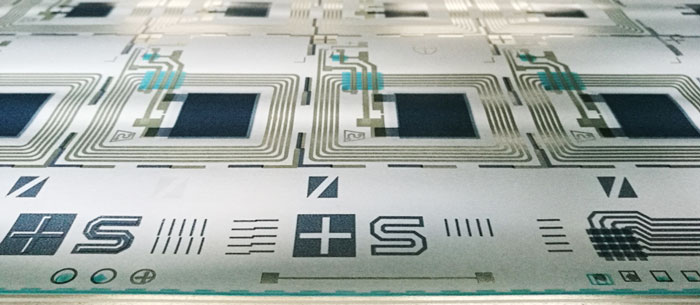
Billions of tons of electronic waste are generated in the EU every year. Adopting a novel approach, the EU project CircEl-Paper could improve the recycling process for electronics to make it more sustainable in the future.
Electronics that can be disposed of using the conventional paper recycling process and even recycled?
This is the aim behind the EU CircEl-Paper project. To achieve this, functional printed circuit boards are being developed using paper technology. This approach, which enables a sustainable circular economy for electronics, has been arousing the interest of researchers for several years. Now, within the framework of a large complementary consortium, it is being investigated for use with complex devices for the first time.
Disposing of electronic waste in the same way as wastepaper
Although recycling is already well established within the EU, there are still considerable deficits when it comes to recycling electronic waste. Since printed circuit boards (PCBs) consist of many different materials, recycling these fully is both highly complex and expensive. The recycling process for wastepaper, on the other hand, has proven itself and is well accepted by consumers. To increase the recycling rate of electronic components, the most promising route is therefore the paper recycling one.
The CircEl-Paper project wants to find out whether and how this can be achieved without compromising the performance of the electronics involved.
An important step on the way to recyclable printed circuit boards is replacing the usual glass fiber/polymer composite material FR4 with a paper substrate. This would mean a reduction in CO2 equivalents of up to 60 percent – a real achievement in terms of ecological footprint. In order to move PCB technology into the circular economy, each step of the process is being investigated. In addition, alternative approaches are being developed that increase the proportion of materials that are recyclable, bio-based, based on secondary raw materials, or at least harmless to the environment, and that allow a higher integration density than is currently possible.
A wide range of applications in medicine, logistics, and consumer electronics
Three use cases from the fields of medicine, logistics, and consumer electronics demonstrate the areas in which paper-based electronics can be applied. A medical sensor for measuring glucose levels on the skin; packaging with an integrated time temperature indicator (TTI); and greeting cards that play music all exemplify the technology‘s performance and adaptability.
The international consortium that has been working on the project since September 2022 covers the entire value chain. Under the leadership of the Fraunhofer Institute for Silicate Research ISC, a total of eight research and industry partners are working to implement the project.
Further information
"BIG-MAP"
"BIG-MAP" − a paradigm shift in European battery innovation
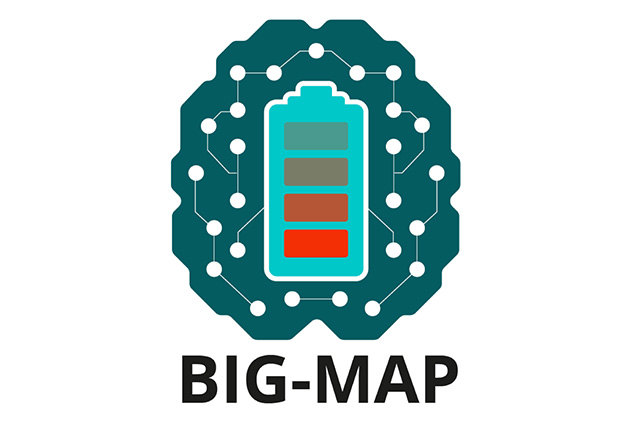
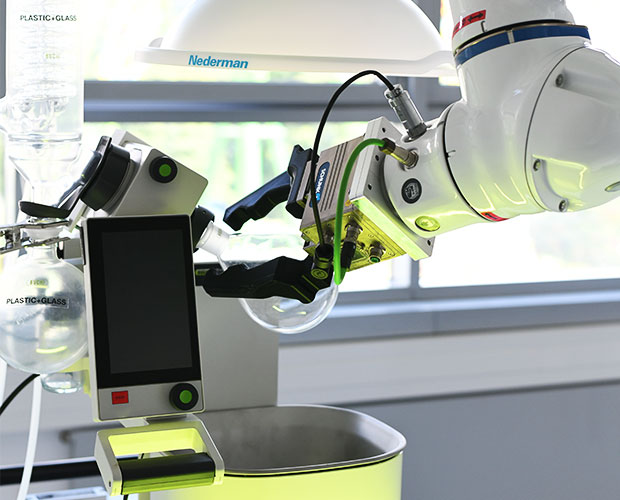
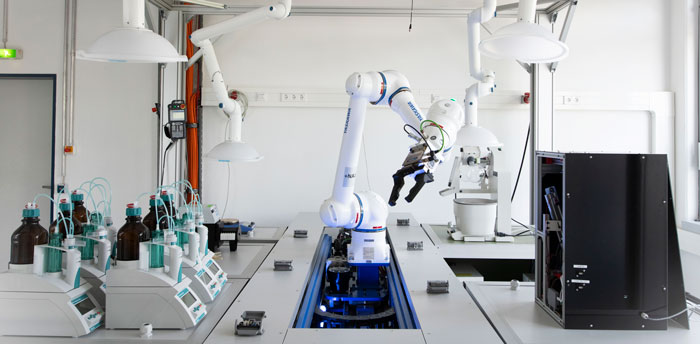
Batteries will play a crucial role in the transition to a zero-emission economy. The EU‘s BIG-MAP project is accelerating the development of batteries by changing the way in which they are invented. This is set to enable future sustainable and ultra-high-performance batteries to be developed ten times faster than is possible today. With an automated synthesis system, the Fraunhofer Institute for Silicate Research ISC is helping to reinvent the way we invent batteries.
Demand for efficient and environmentally friendly batteries is growing rapidly throughout the world, and Europe wants to play a leading role in this. This is why the EU’s BIG-MAP project has set itself the ambitious task not only of accelerating the development of sustainable and high-performance batteries by a factor of ten, but also of securing a radical paradigm shift in European battery innovation. While there were no uniform standards for battery research prior to the project, the central concern of BIG-MAP is to standardize and ensure consistency across battery research and development throughout Europe.
To make this project a reality, the Fraunhofer Institute for Silicate Research ISC is contributing its expertise in chemical analysis, robotics, and digitization. At its core is an automated synthesis system for organic cathode materials, which is being developed at the R&D Center for Electromobility. With the help of machine learning algorithms, the synthesis robot can access synthesis instructions – i.e. a set of recipes for cathode materials – from the European research network and evaluate them at the molecular level. The corresponding process factors such as temperature, mixing times, and other parameters are then automatically optimized and carried out. As a result, the approach enables faster and more precise material development.
The system consists of various components that are able to communicate with each other. This is particularly important to ensure that all components work together smoothly. By integrating suitable commercially available products, the robotic system is modular and reproducible. In addition, the research team has also developed its own solutions for special chemical steps, such as automated »liquid extraction”, in collaboration with the University of Copenhagen (ITU) and integrated these into the system. Whereas previously, this process had to be carried out manually, now, a robot is in charge.
Thanks to its success, the project, which has already been running for three years, has been extended by a further six months, and plans for a follow-up project are already underway. This is where yet another benefit of the modular design of the synthesis system will really come to light, with its flexibility meaning it can be adapted for other processes too. This also renders the system an extremely attractive prospect for future research projects on topics such as battery recycling. By combining artificial intelligence with autonomous synthesis robotics, the BIG-MAP project is well on its way to ushering in a new era in battery research.